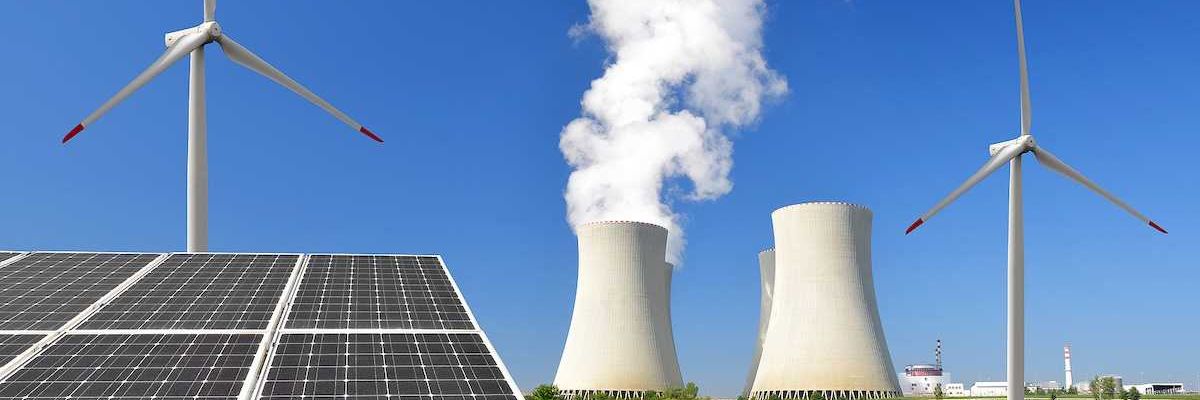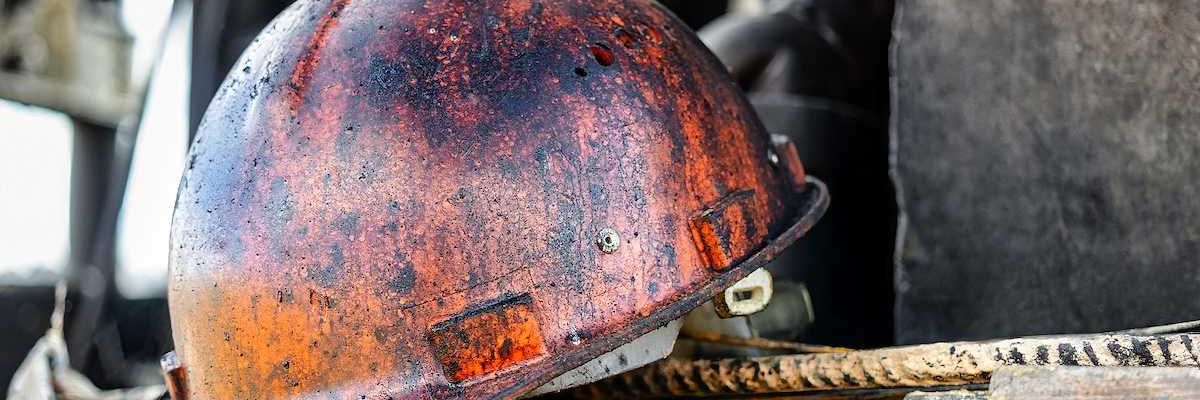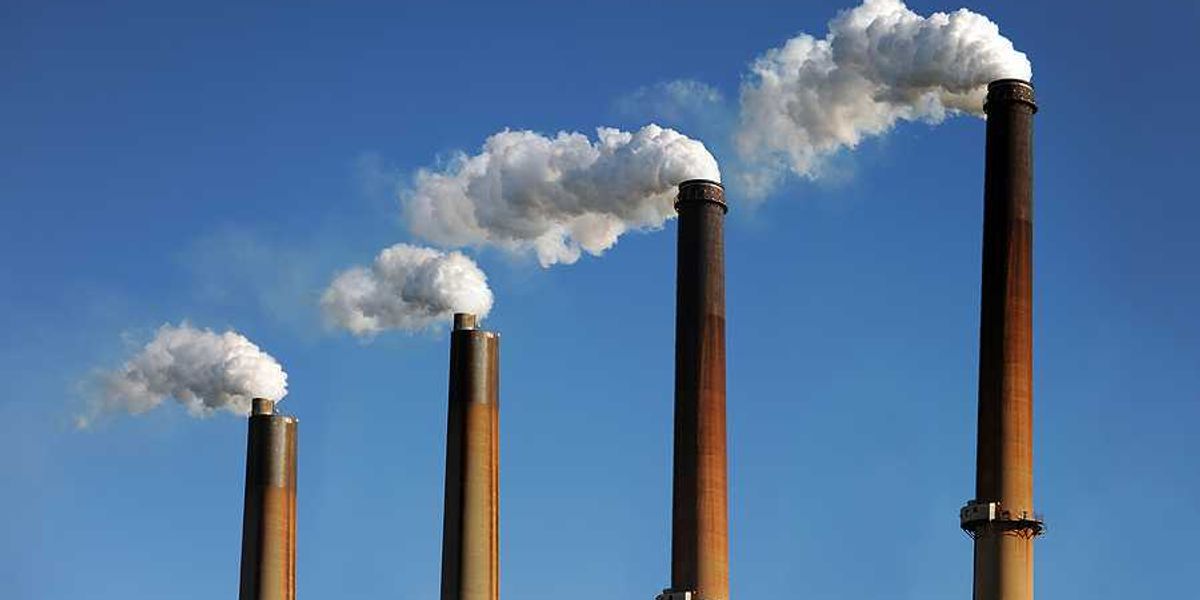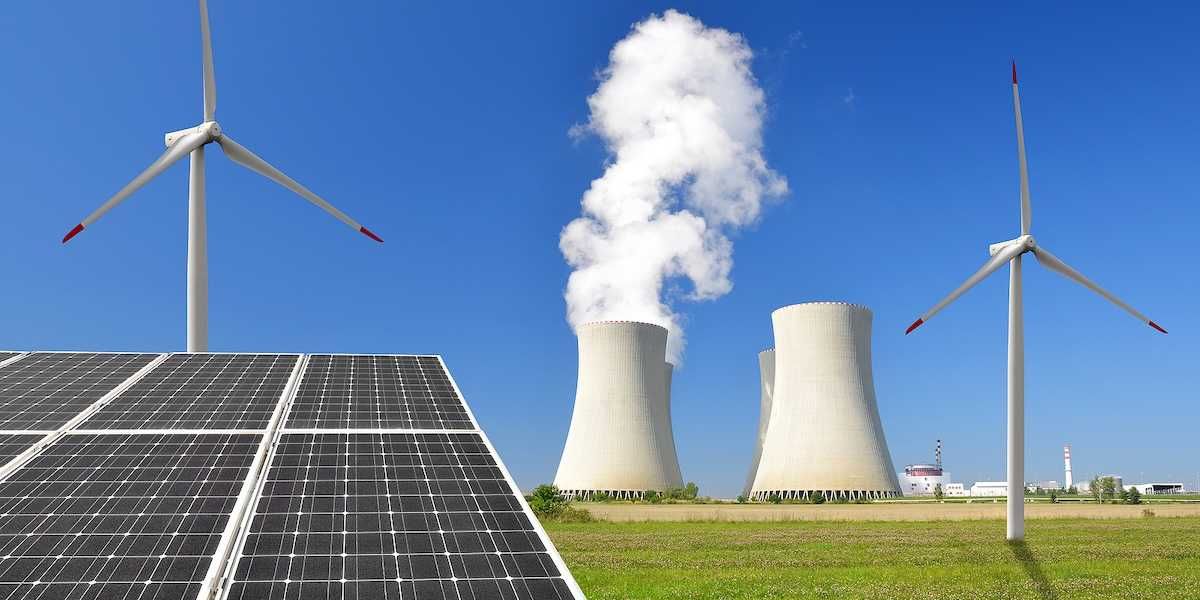pollinators
Solar farms provide more than clean energy by supporting pollinators
As solar farms expand, some developers are using the land beneath panels to nurture pollinator habitats, but the success of these efforts varies widely.
In short:
- Solar farms can combat both climate change and biodiversity loss by providing habitats for pollinators like bees and butterflies.
- Standards for pollinator-friendly solar farms are inconsistent, with accusations of greenwashing in cases where habitat efforts are minimal.
- Studies show that well-designed solar farms can significantly increase insect populations, but many projects fall short of their ecological potential.
Key quote:
“It’s not fair if some people are truly stepping up to do this right and another company is barely doing anything and saying they’re pollinator friendly."
— Scott Black, executive director of the Xerces Society for Invertebrate Conservation
Why this matters:
Despite the promise, these nature-friendly setups are still the exception rather than the rule. If scaled up, we could start to see solar farms not just as green energy producers but as critical players in reversing habitat loss. Read more: We must adapt to climate change. Can we do it in ways that solve other problems too?
Pollinators and plants are becoming out of sync due to climate change
As global temperatures rise, the timing between pollinators like bees and the plants they help reproduce is becoming mismatched, threatening ecosystems and agriculture worldwide.
In short:
- In Colorado, biologist Elsa Godtfredsen observes that warmer winters cause flowers to bloom before bumblebees emerge, disrupting pollination.
- Timing mismatches between pollinators and plants have been documented globally, risking crop yields and biodiversity.
- Managed honey bees may compensate for some losses, but supply concerns could drive up food costs.
Key quote:
“It’s like we’re walking in the dark, and we know that there are cliffs, and we don’t know where the edge is.”
— Ed Henry, ecologist at the USDA
Why this matters:
Pollinator and plant mismatches could lead to significant declines in food production, impacting global food security. Ecosystem imbalances may increase in vulnerable regions, particularly affecting food-insecure areas.
Related EHN coverage:
Vermont moves to protect pollinators by proposing pesticide restrictions
Vermont's legislation to limit neonicotinoid pesticides, known for harming bees, progressed through the House Committee with substantial support.
In short:
- Vermont's House Committee on Agriculture passed a bill to phase out neonicotinoid pesticides by 2029, with most spraying ending by 2025.
- Exemptions exist for fruit growers, with restrictions during flowering periods, aligning with similar bans in Ontario, Quebec, and the EU.
- While some farmers express concern, proponents argue the ban is crucial for the survival of pollinators and the beekeeping industry in Vermont.
Key quote:
"We have some of the best honey in the world right here in Vermont, and that is a gift. We must honor that and cherish it and our critically important insect population."
— Bianca Braman, vice president of the Vermont Beekeepers Association
Why this matters:
The impact of pollinator loss extends beyond agriculture. Pollinators support the growth of flowers, bushes, and trees that provide habitats for other wildlife, contributing to a healthy and balanced ecosystem.
Environmental advocates say numerous studies show neonicotinoids are not necessary and are so detrimental to the environment that they should be banned.
Resurrecting butterflies: A tale of hope and survival through conservation efforts
Metamorphosis is both a biological process and a metaphor for the lives of the citizen-scientist inmates of Mission Creek.
In short:
- Incarcerated women at Mission Creek Corrections Center for Women are raising Taylor’s checkerspot butterflies, an endangered species, as part of a conservation effort.
- The program, a collaboration with The Evergreen State College and Washington State’s Sustainability in Prisons Project, aims to bolster the dwindling populations of this key species.
- The work provides the women a sense of purpose and connection to the larger environmental restoration effort, highlighting the importance of nurturing and conservation even in unlikely settings.
Key quote:
“When I told my family what I do, they said, ‘we’re so proud of you, that you are doing something that has such a profound mission in the world.’"
— Brooke, a butterfly technician and inmate
Why this matters:
The conservation of Taylor’s checkerspot butterflies is vital not only for the survival of a beautiful species but also as a bellwether for the health of our ecosystems. Innovative partnerships and dedicated individuals can make a significant impact on conservation efforts. Insects are in decline. How to avert the insect apocalypse.
Air pollution's destructive impact on moth pollination
Car exhaust byproducts are disrupting moth pollination by degrading the floral scents essential for attracting these nocturnal pollinators, according to a new study published in the journal Science.
In short:
- Air pollution, particularly ozone and nitrate radicals from car exhaust, impairs moths' ability to locate evening primrose flowers by altering the flowers' scent.
- This reduction in pollination could significantly affect the reproduction of plants reliant on nocturnal pollinators, with broader implications for ecosystems and human food security.
- Despite the challenge, reductions in these pollutants since the 1980s show potential for improvement through further environmental protections and shifts to greener energy sources.
Key quote:
"Pollinators play a huge role in community ecology; they’re critical for the fitness of plants. If you affect that, then you’re going to have ecosystem-wide impacts."
— Jeff Riffell, co-senior study author and a biology professor at the University of Washington
Why this matters:
This research points to the complex ways in which pollution interferes with essential biological communications and the broader ecological balance.









